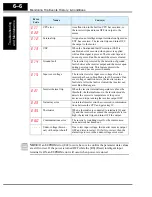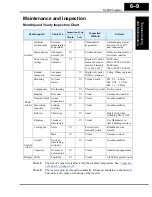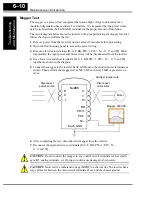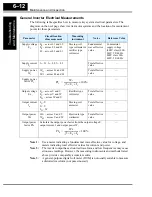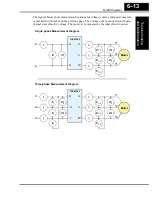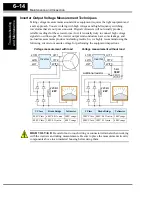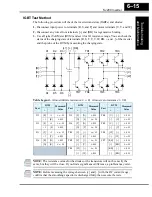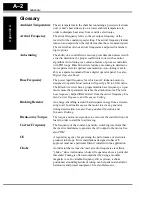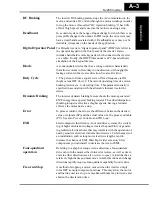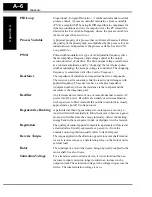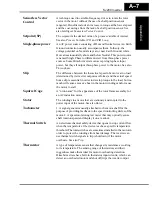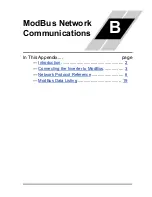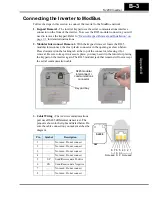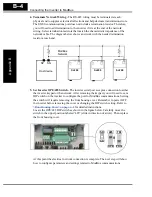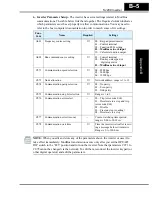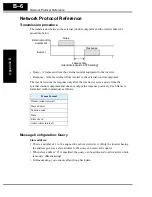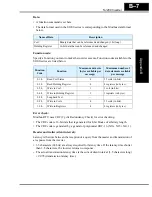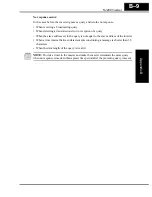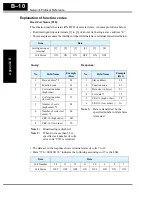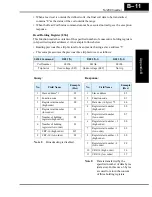
Glossary
Appendix A
A–4
Frequency Setting
While frequency has a broad meaning in electronics, it typically
refers to motor speed for variable-frequency drives (inverters). This
is because the output frequency of the inverter is variable, and is
proportional to the attained motor speed. For example, a motor with
a base frequency of 60 Hz can be speed controlled with an inverter
output varying form 0 to 60 Hz. See also Base Frequency, Carrier
Frequency, and Slip.
Harmonics
A harmonic is a whole number multiple of a base of fundamental
frequency. The square waves used in inverters produce high-
frequency harmonics, even though the main goal is to produce
lower-frequency sine waves. These harmonics can be harmful to
electronics (including motor windings) and cause radiated energy
that interferes with nearby electronic devices. Chokes, line reactors,
and filters are sometimes used to suppress the transmission of
harmonics in an electrical system. See also Choke.
Horsepower
A unit of physical measure to quantify the amount of work done per
unit of time. You can directly convert between horsepower and
Watts as measurements of power.
IGBT
Insulated Gate Bipolar Transistor (IGBT) – A semiconductor
transistor capable of conducting very large currents when in satura-
tion and capable of withstanding very high voltages when it is OFF.
This high-power bipolar transistor is the type used in Hitachi invert-
ers.
Inertia
The natural resistance a stationary object to being moved by an
external force. See also Momentum.
Intelligent Terminal
A configurable input or output logic function on the Hitachi invert-
ers. Each terminal may be assigned one of several functions.
Intelligent Sensorless
Vector Control (i
SLV
)
Intelligent Sensorless Vector Control (iSLV) is Hitachi’s newest
variable speed control technology. The original sensorless vector
control (SLV) did not require motor shaft position sensors (thus
“sensorless)”, but still required setting several motor parameters
(either manually or through an auto-tuning procedure). Now, iSLV
uses proprietary Hitachi algorithms and high-speed processing to
provide smooth control that adapts to motor characteristics in real
time. Even the need to do auto-tuning procedures has been elimi-
nated.
Inverter
A device that electronically changes DC to AC current through an
alternating process of switching the input to the output, inverted and
non-inverted. A variable speed drive such as the Hitachi SJ200 is
also called an inverter, since it contains three inverter circuits to
generate 3-phase output to the motor.

